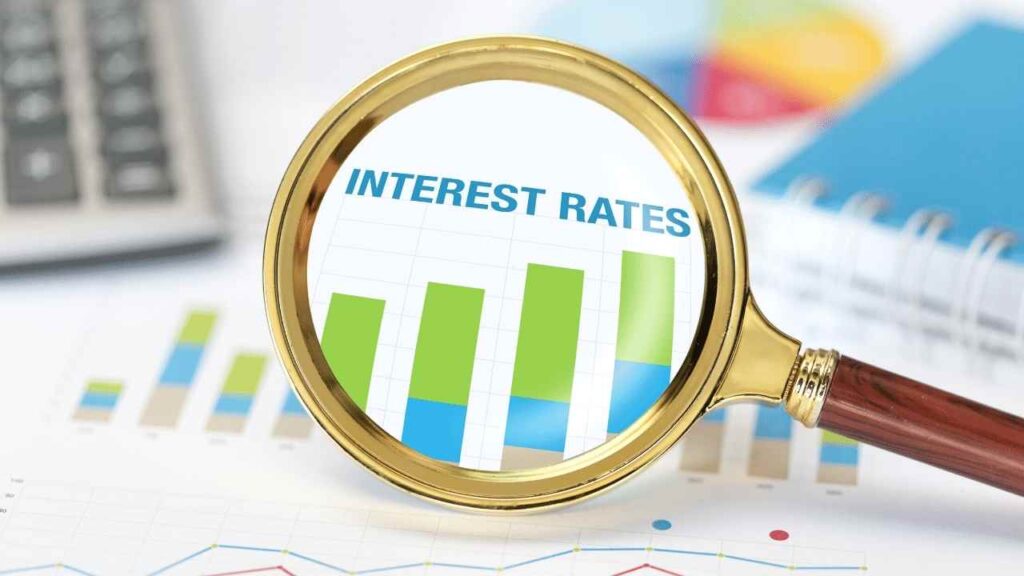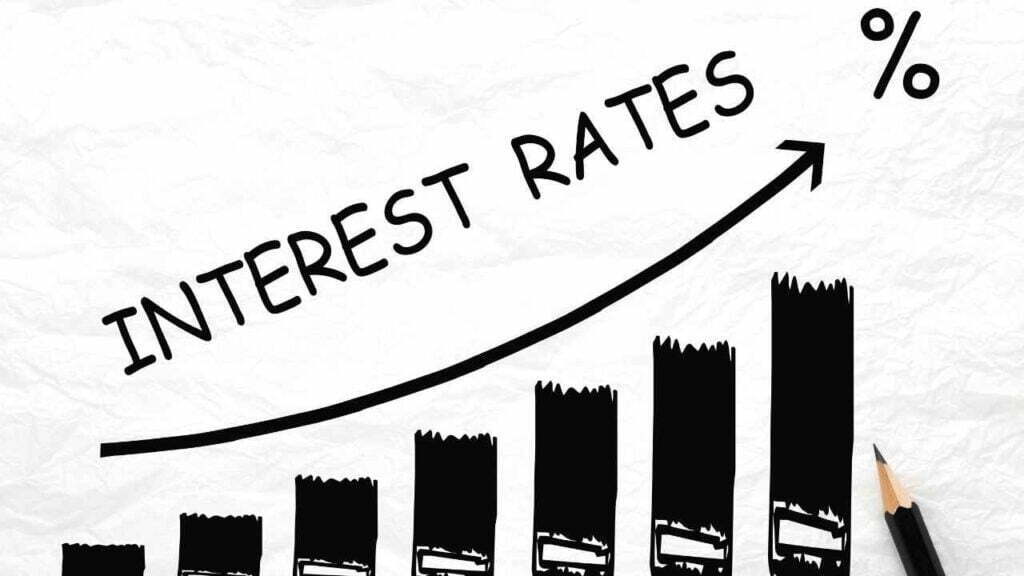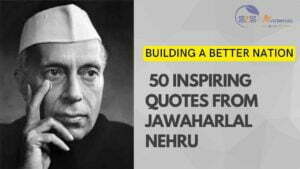The Role of Interest Rates in Economic Policy
Interest rates are like the prices for borrowing money. Just like how you have to pay more for a toy if it’s expensive, you have to pay more in interest if you borrow money at a high interest rate.
The Reserve Bank of India, which is like a bank for all the banks in our country, sets the interest rates for borrowing money. They use it as a tool to control how much money is available in the market and how expensive or cheap it is to borrow money.
For example, if there is too much money in the market and prices are going up too quickly, the Reserve Bank of India might increase the interest rate to make borrowing money more expensive. This will make people and businesses less likely to borrow money and spend it, and this will help to slow down the increase in prices.
On the other hand, if the economy is not doing well and not enough people and businesses are buying things, the Reserve Bank of India might decrease the interest rate to make borrowing money cheaper. This will encourage people and businesses to borrow money and spend it, and this will help to make the economy grow.
So, interest rates are like a tool that the Reserve Bank of India uses to control the economy and make sure that it’s growing at a good pace and prices are stable.

Types of Rate of Interest
Policy interest rates
Policy interest rates are the rates set by the Reserve Bank of India (RBI) as a monetary policy tool to control inflation and manage the money supply in the economy. Some of the key policy interest rates in India are:
Repo Rate
This is the rate at which commercial banks borrow money from the RBI. For example, if a bank is running low on cash, it can borrow money from the RBI at the repo rate. If the repo rate is high, borrowing becomes more expensive, which can slow down economic growth.Reverse Repo Rate
This is the rate at which commercial banks lend money to the RBI. For example, if a bank has excess cash, it can lend money to the RBI at the reverse repo rate. If the reverse repo rate is high, banks will be more inclined to lend their excess cash to the RBI instead of investing in other sectors, which can slow down economic growth.Marginal Standing Facility (MSF) Rate
This is the rate at which banks can borrow money from the RBI in case of emergency. For example, if a bank is facing a sudden cash crunch, it can borrow money from the RBI at the MSF rate.Bank Rate
This is the rate at which the RBI lends money to commercial banks. Banks can borrow money from the RBI at the bank rate to meet their short-term funding needs.Statutory Liquidity Ratio (SLR) & Cash Reserve Ratio (CRR)
SLR is the percentage of deposits banks have to maintain in the form of liquid assets like cash, gold and government bonds. CRR is the percentage of deposits banks have to keep with the RBI as cash. These ratios are used by the RBI to control the money supply in the economy.
These policy interest rates are the tools used by the Reserve Bank of India to control inflation and manage the money supply in the economy. The RBI adjusts these interest rates depending on the economic conditions and the inflation rate, this can help in maintaining price stability and promoting economic growth.

Market interest rates
Market interest rates are the rates at which financial institutions such as banks and non-banking financial companies (NBFCs) lend and borrow money in the financial market. Some of the key market interest rates in India are:
Savings Deposit Rate
This is the interest rate offered by banks on savings deposits. For example, a bank may offer 4% interest per annum on a savings deposit account.Fixed Deposit Rate
This is the interest rate offered by banks and NBFCs on fixed deposits. For example, a bank may offer 7% interest per annum on a fixed deposit for a 1-year term.Call Money Rate
This is the rate at which banks and financial institutions lend and borrow money on a short-term basis, typically overnight.Treasury Bill Rate
This is the rate at which the government borrows money through the sale of Treasury bills.Commercial Paper Rate
This is the rate at which companies borrow money through the sale of commercial paper.Bond Yield
This is the rate of return on a bond, which is a type of debt instrument. The bond yield reflects the interest rate at which the bond can be sold or traded in the market.Prime Lending Rate
This is the rate at which banks lend money to their prime or most creditworthy customers.
These market interest rates are determined by the demand and supply of funds in the financial market and are influenced by the policy interest rates set by the Reserve Bank of India (RBI). They can vary depending on the creditworthiness of the borrower, the term of the loan, and the type of loan. Market interest rates play an important role in the economy by affecting the borrowing and lending decisions of households, firms, and financial institutions.

The Impact of Interest Rates on the Economy
The relationship between interest rates and inflation
In general, higher interest rates tend to reduce inflation, and lower interest rates tend to increase inflation. When interest rates are high, borrowing becomes more expensive, which can slow down economic growth and reduce the demand for goods and services. As a result, prices tend to go down. On the other hand, when interest rates are low, borrowing becomes cheaper, which can stimulate economic growth and increase the demand for goods and services. As a result, prices tend to go up.The relationship between interest rates and economic growth
Interest rates have an impact on economic growth. When interest rates are high, borrowing becomes more expensive, which can discourage investment and slow down economic growth. On the other hand, when interest rates are low, borrowing becomes cheaper, which can encourage investment and stimulate economic growth.The relationship between interest rates and employment
Interest rates also have an impact on employment. When interest rates are high, borrowing becomes more expensive, which can discourage investment and slow down economic growth. As a result, firms may not hire as many workers or may even lay off existing workers. On the other hand, when interest rates are low, borrowing becomes cheaper, which can encourage investment and stimulate economic growth. As a result, firms may hire more workers or may even raise wages for existing workers.
Monetary Policy and Interest Rates
The role of Reserve Bank of India in setting interest rates
The Reserve Bank of India (RBI) is the central bank of India and is responsible for setting policy interest rates, such as the repo rate and reverse repo rate, as a monetary policy tool to control inflation and manage the money supply in the economy. The RBI uses these policy interest rates to signal its monetary policy stance to the market and influence market interest rates.The use of interest rates as a monetary policy tool in India
Interest rates are an important tool of monetary policy in India. The RBI uses policy interest rates such as the repo rate and reverse repo rate to control the money supply and inflation in the economy. The RBI adjusts these interest rates depending on the economic conditions and the inflation rate. When inflation is high, the RBI may increase the repo rate to make borrowing more expensive and slow down economic growth, which will help to reduce inflation. On the other hand, when the economy is in a recession, the RBI may decrease the repo rate to make borrowing cheaper and stimulate economic growth.The impact of monetary policy on interest rates in India
Monetary policy, through the use of interest rates, has a direct impact on market interest rates in India. When the RBI raises policy interest rates, it makes borrowing more expensive, which can lead to an increase in market interest rates. Similarly, when the RBI lowers policy interest rates, it makes borrowing cheaper, which can lead to a decrease in market interest rates. This way, Monetary policy through the use of interest rates, helps in controlling inflation, managing the money supply and promoting economic growth.

Role of Interest Rates in Economic Policy
The impact of government spending and taxation on interest rates in India
: Government spending and taxation can have an impact on interest rates in India. When the government increases spending, it can stimulate economic growth and create a higher demand for goods and services, which can lead to higher inflation. To control this inflation, the Reserve Bank of India (RBI) may increase interest rates to make borrowing more expensive and slow down economic growth. On the other hand, if the government increases taxation, it can reduce economic growth and lower inflation, the RBI may decrease interest rates to encourage borrowing and stimulate economic growth.The use of interest rates as a fiscal policy tool in India
Interest rates are not traditionally used as a fiscal policy tool in India. Fiscal policy is mainly focused on government spending and taxation, whereas monetary policy is focused on interest rates and the money supply. However, in certain situations, the government may use the interest rate as a tool to achieve its fiscal policy goals. For example, if the government wants to encourage borrowing and spending by households and businesses, it may reduce interest rates through the RBI.
In summary, Interest rates are mainly used as a monetary policy tool, however, the government’s fiscal policies such as spending and taxation also have an impact on interest rates in India. The RBI uses interest rates to control inflation and manage the money supply in the economy, while the government uses fiscal policies such as spending and taxation to achieve its economic goals.
International Interest Rates
The impact of global interest rates on the Indian economy
Global interest rates can have a significant impact on the Indian economy. For example, if global interest rates are low, foreign investors may be more inclined to invest in India, which can lead to an influx of foreign capital and a stronger rupee. On the other hand, if global interest rates are high, foreign investors may be less inclined to invest in India, which can lead to a decrease in foreign capital and a weaker rupee. Furthermore, changes in global interest rates can also impact the Indian economy through trade and investment flows, as well as through the transmission of monetary policy.The relationship between domestic and international interest rates in India
Domestic and international interest rates are not independent of each other. The Reserve Bank of India (RBI) sets policy interest rates, such as the repo rate, to achieve its monetary policy objectives, such as controlling inflation and managing the money supply in the economy. However, these policy interest rates are also influenced by global interest rates and the state of the global economy. For example, if global interest rates are low, the RBI may decrease policy interest rates in order to attract foreign capital and stimulate economic growth. On the other hand, if global interest rates are high, the RBI may increase policy interest rates in order to curb inflation and stabilize the rupee.
Overall, international interest rates can have a significant impact on the Indian economy, through the influence on foreign capital flows, trade, investment and the transmission of monetary policy. The RBI’s monetary policy decisions are also influenced by international interest rates and the global economic conditions.
Summary of key points
Interest rates play an important role in the Indian economy by affecting the borrowing and lending decisions of households, firms, and financial institutions. Policy interest rates are set by the Reserve Bank of India (RBI) as a monetary policy tool to control inflation and manage the money supply in the economy, while market interest rates are determined by the demand and supply of funds in the financial market and are influenced by the policy interest rates. Interest rates also have an impact on inflation, economic growth, and employment. Monetary policy, through the use of interest rates, has a direct impact on market interest rates in India and global interest rates can also have a significant impact on the Indian economy.
Future prospects for the role of interest rates in economic policy
Interest rates will continue to play an important role in the Indian economy in the future. The RBI will likely continue to use interest rates as a monetary policy tool to control inflation and manage the money supply in the economy. However, the Indian government may also use interest rates as a fiscal policy tool to achieve its economic goals. The relationship between domestic and international interest rates will also continue to be important for the Indian economy, as global interest rates can have a significant impact on foreign capital flows, trade, investment, and the transmission of monetary policy.
Recommendations for addressing the challenges facing the use of interest rates as a policy tool in Indian context
To address the challenges facing the use of interest rates as a policy tool in India, the following recommendations can be considered: -Improving the transmission mechanism of monetary policy by addressing structural rigidities in the economy such as lack of financial inclusion, limited access to credit and inflexible labor market
- Enhancing the resilience of the banking sector by strengthening the bank’s balance sheet, and ensuring they have enough capital to absorb losses -Fostering a stable macroeconomic environment by working to lower inflation, control fiscal deficits and limiting external imbalances.
- Continuously monitoring the global economic conditions, and taking into account the international interest rate environment when setting domestic interest rates.
- Improving the predictability of monetary policy by clearly communicating the RBI’s monetary policy stance and providing more forward guidance.
Overall, addressing these challenges will help make the use of interest rates as a policy tool more effective in achieving economic stability and growth in India.

The Knowledge Hub is intended for a wide range of audiences, including students, professionals, and anyone who is curious about the world and wants to expand their knowledge base. It can be useful for research, education, and personal curiosity. The Knowledge Hub is constantly updated to reflect the latest information and insights, and our visitors are encouraged to check back often for new content. Thank You.
We also have live online classes where we teach 2 courses which are given below. Please go through them and if interested you can take a Free Trial Class.






